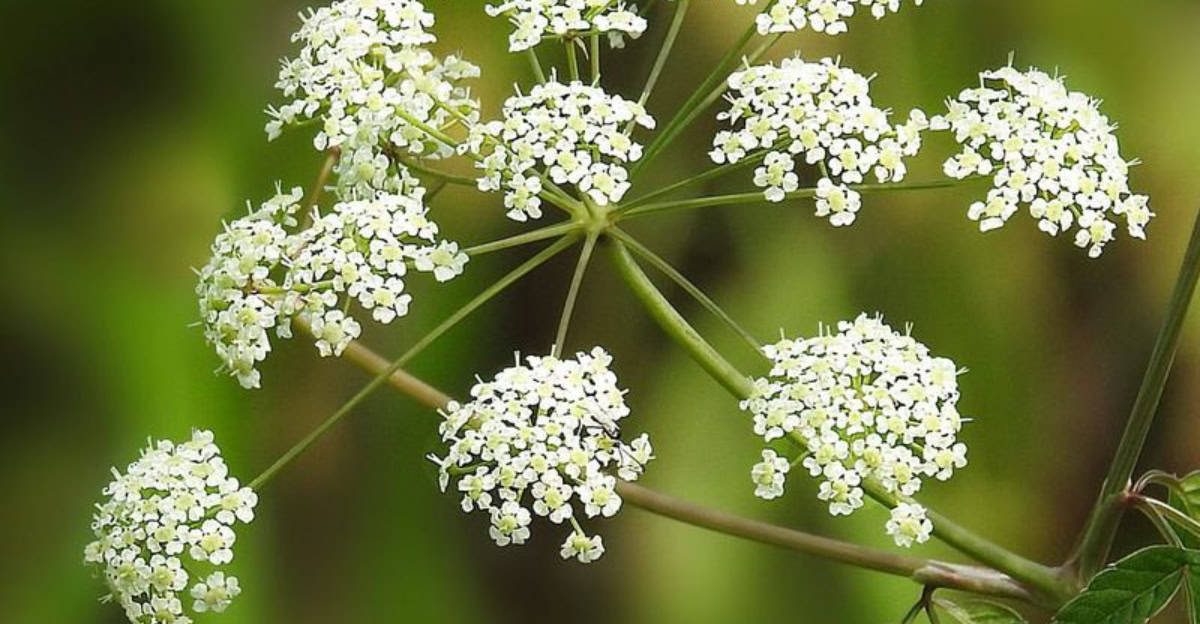Plants are a vital part of our ecosystem, providing oxygen, food, and beauty.
However, not all plants are harmless. Some are deceptively dangerous and can pose serious health risks or even be lethal.
It’s crucial to be aware of these deadly plants to protect yourself and your loved ones.
1. Oleander
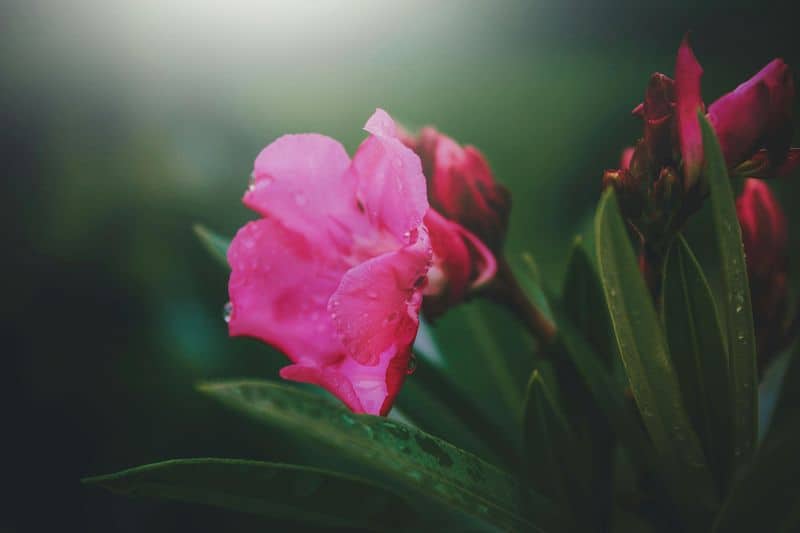
The oleander is an evergreen shrub with beautiful, yet deadly flowers. Every part of this plant is toxic, containing compounds that can disrupt heart function.
Ingesting even a small amount can lead to symptoms like nausea, vomiting, and in severe cases, death.
Surprisingly, it’s a common ornamental plant found in many gardens. It’s vital to educate children about its dangers and ensure pets don’t have access to it.
2. Deadly Nightshade
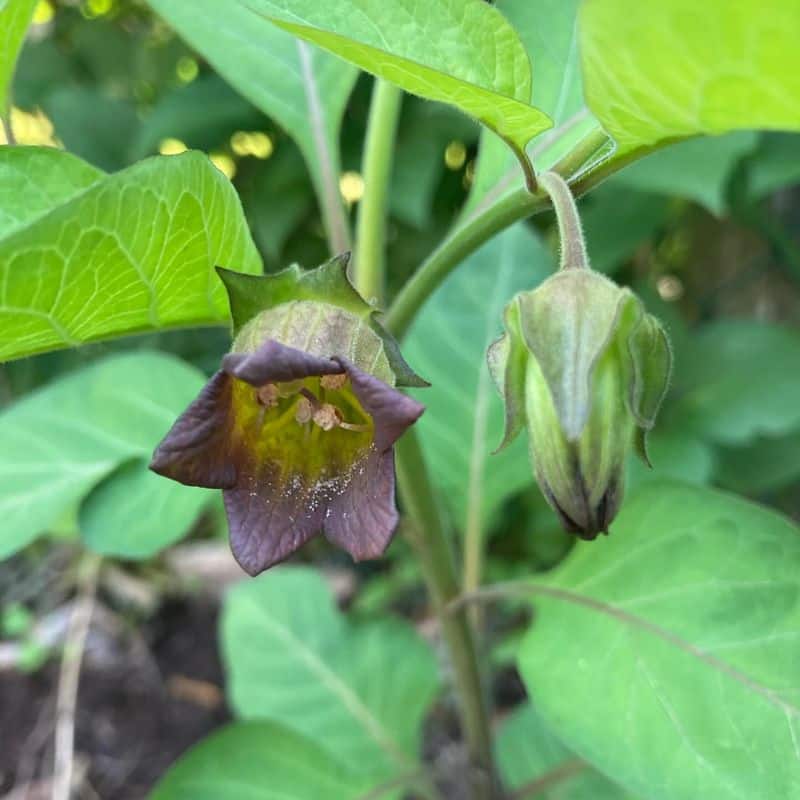
Deadly nightshade, or belladonna, is infamous for its toxic properties. The plant contains tropane alkaloids, which can cause hallucinations, paralysis, and death.
Historically used as a poison, it’s a testament to nature’s perilous side. Its berries, attractive yet lethal, are a hazard to children and pets.
Caution is advised when hiking in areas where it grows. Protective gloves are recommended if handling is necessary.
3. Poison Ivy
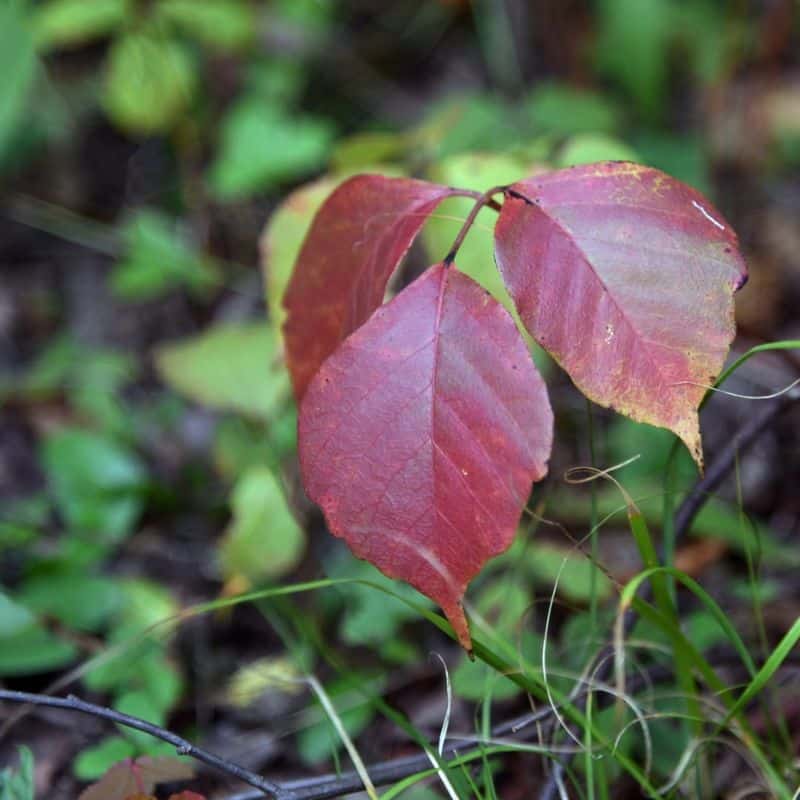
Poison ivy is notorious for causing itchy, blistering rashes upon contact. The plant contains urushiol, an oily resin that triggers allergic reactions in most people.
While not deadly, the discomfort it causes can be severe. The saying ‘leaves of three, let it be’ is a helpful reminder to avoid it.
Effective treatment includes washing the skin with soap and water and applying soothing lotions.
4. Castor Bean Plant
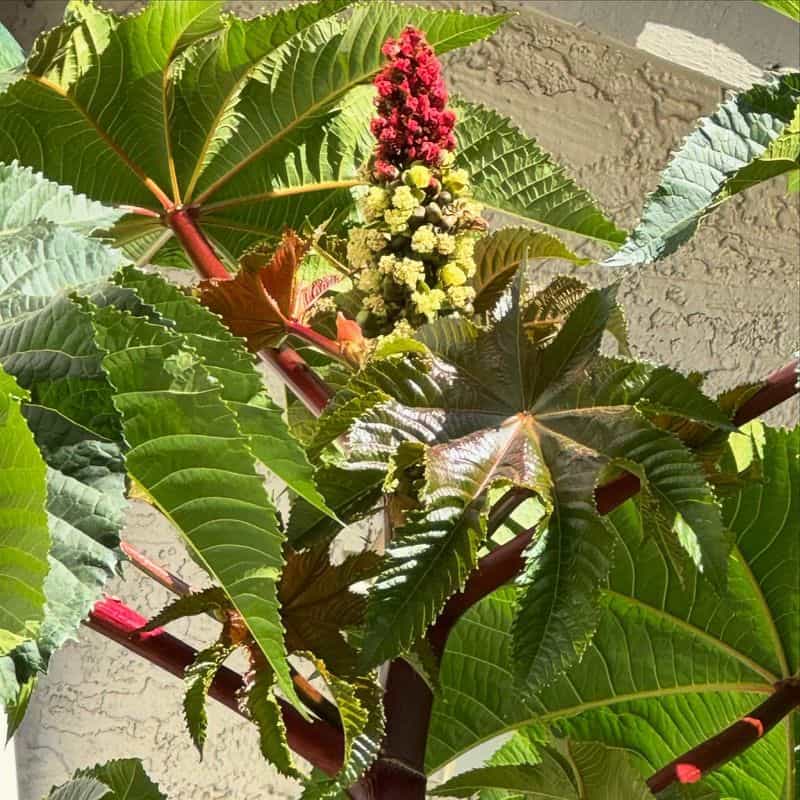
The castor bean plant is both beautiful and hazardous. Its seeds contain ricin, a potent toxin that can be fatal if ingested.
Even one seed can be lethal for a child. The plant is often used for ornamental purposes but should be handled with extreme caution.
Gloves should be worn when handling, and seeds must be kept away from children and pets. It’s advisable to remove it from gardens.
5. Water Hemlock
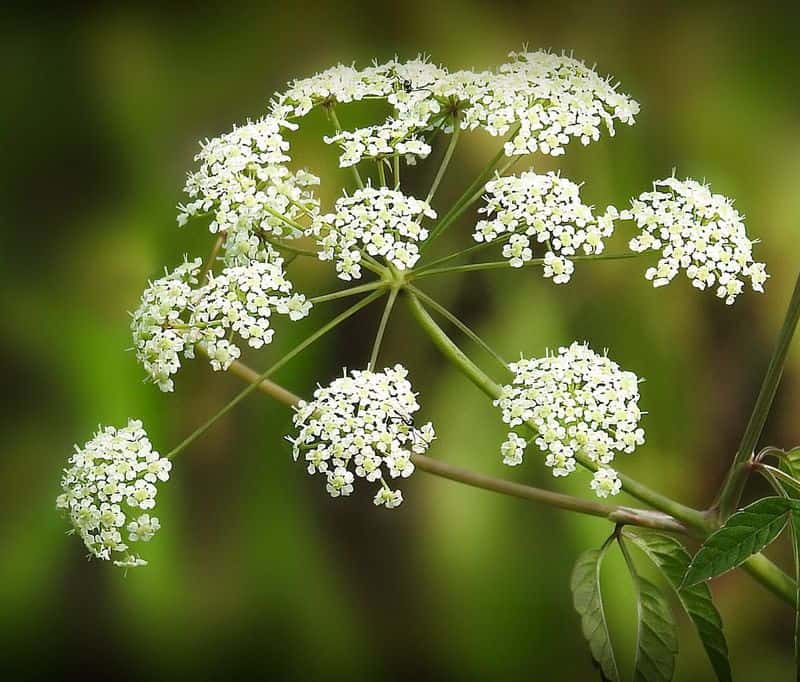
Water hemlock is one of the most dangerous plants in North America. Its roots contain cicutoxin, a compound that can cause seizures and death.
Often mistaken for wild parsnip, it’s crucial to identify this plant correctly to avoid accidental poisoning.
Symptoms appear quickly after ingestion. Medical attention is needed immediately if ingested. Educating those who forage for wild plants is essential for safety.
6. Datura
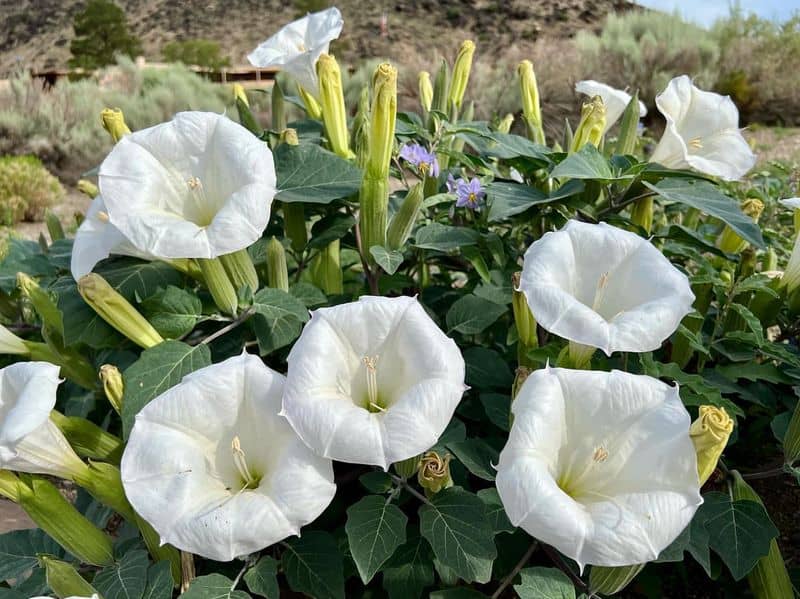
Datura is a stunning yet hazardous plant. Its large, trumpet-shaped flowers and seeds contain toxic alkaloids that affect the nervous system.
Consuming parts of the plant can lead to delirium, hallucinations, and, in extreme cases, death.
Known for its historical use in witchcraft, its beauty is deceiving. Handling requires caution, and planting it should be avoided in home gardens, especially where children are present.
7. Giant Hogweed
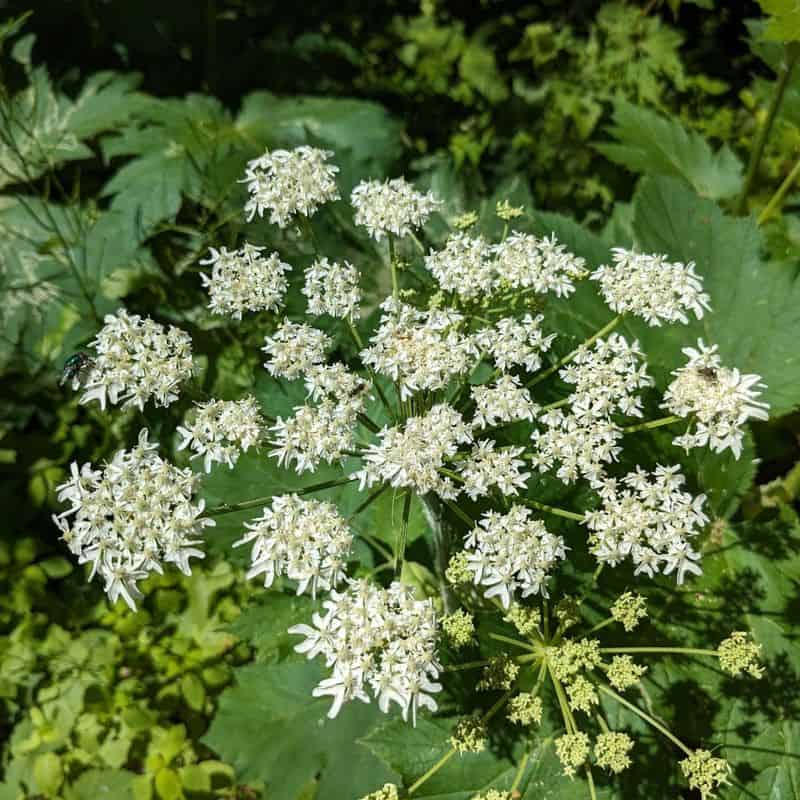
Giant hogweed is notorious for its phototoxic sap, which causes severe skin irritation and blistering when exposed to sunlight.
The plant can grow exceptionally tall, making it an imposing figure in the landscape. Contact with the sap can lead to long-lasting scars.
Protective clothing, including gloves and goggles, is recommended when removing this invasive species. Awareness is key to preventing painful encounters.
8. Manchineel Tree
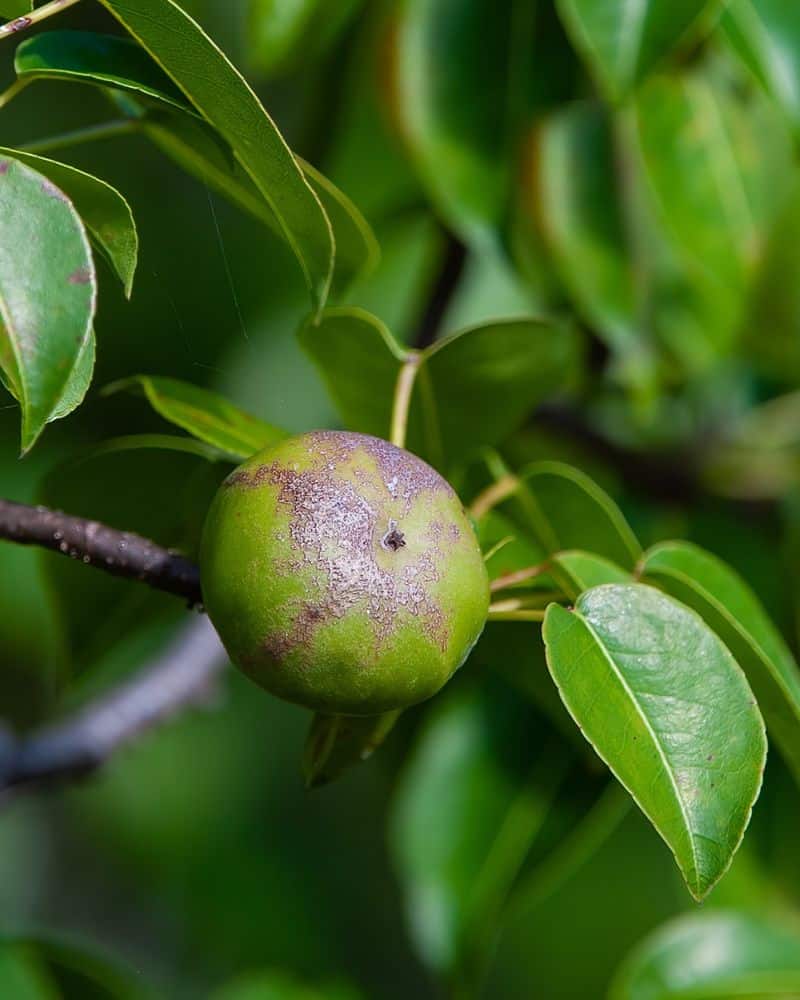
The Manchineel Tree, often called the “death apple,” is one of the most dangerous plants you could encounter.
Found mainly in coastal regions of the Caribbean, Central America, and the southern United States, this tree can cause severe reactions.
Its small, green fruits look harmless but are extremely toxic. Contact with the tree’s sap can cause blistering on the skin.
Even standing under the tree during rain can result in severe skin irritation due to the sap being washed down.
9. Rosary Pea
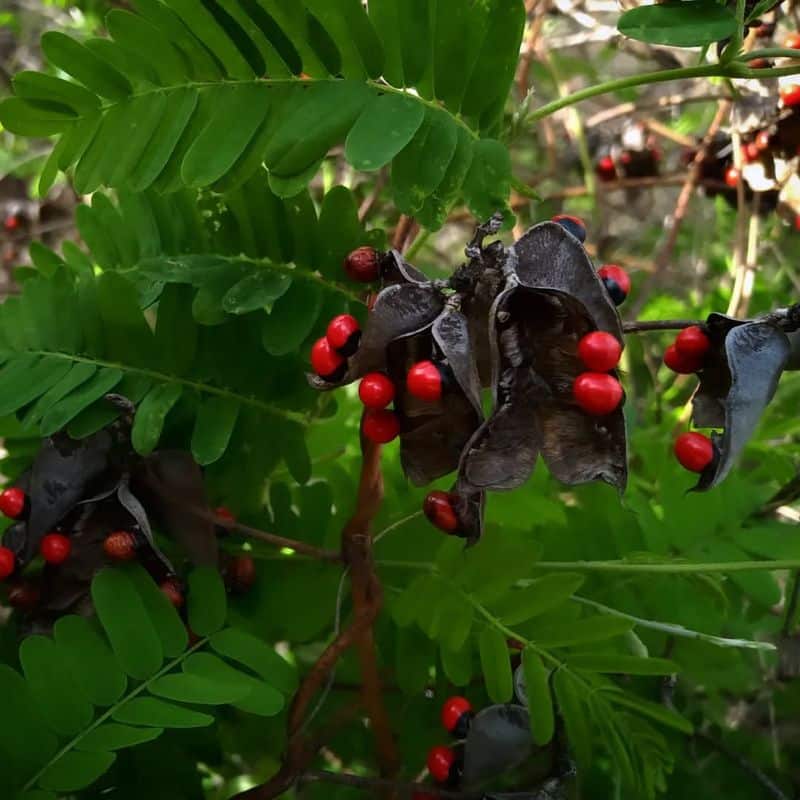
The Rosary Pea is a seemingly innocent plant that harbors a deadly secret within its seeds.
The plant is native to tropical regions but has spread to other areas due to its captivating appearance.
Even minimal amounts can be fatal if ingested. Handling the seeds without ingesting them is usually safe, but breaking them can release the toxin.
Avoid using Rosary Pea seeds in crafts or jewelry to steer clear of accidental poisoning. Although attractive, this plant is best appreciated from a safe distance.
10. Monkshood
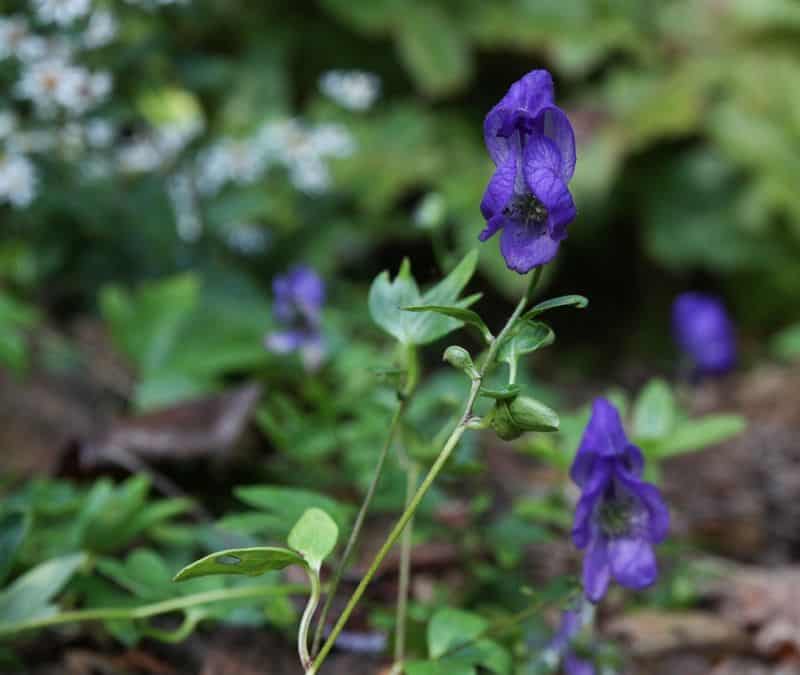
Monkshood, also known as aconite, is beautiful yet deadly. Its dark purple flowers contain aconitine, a potent toxin that affects the heart and nervous system.
Historically used in poisonings, it’s a reminder of nature’s hidden dangers. Even skin contact can be hazardous.
Gardeners should handle it with gloves and ensure it’s planted away from areas accessible to children and pets. Awareness and caution are paramount.

